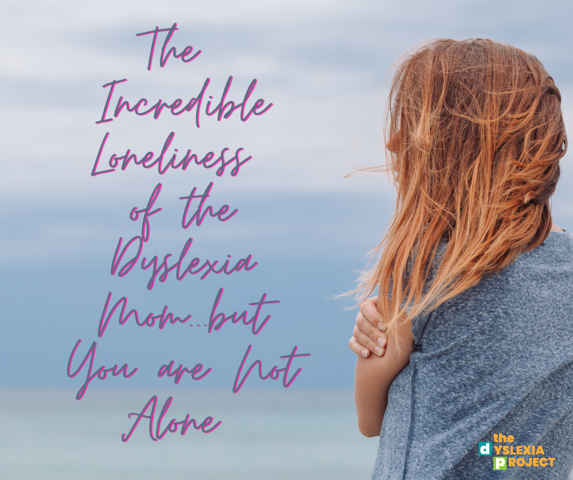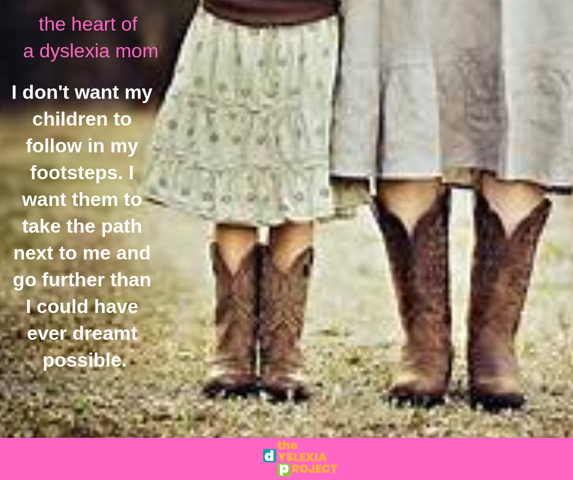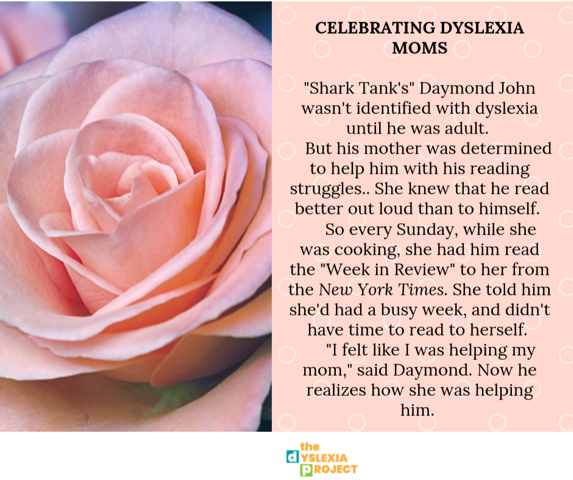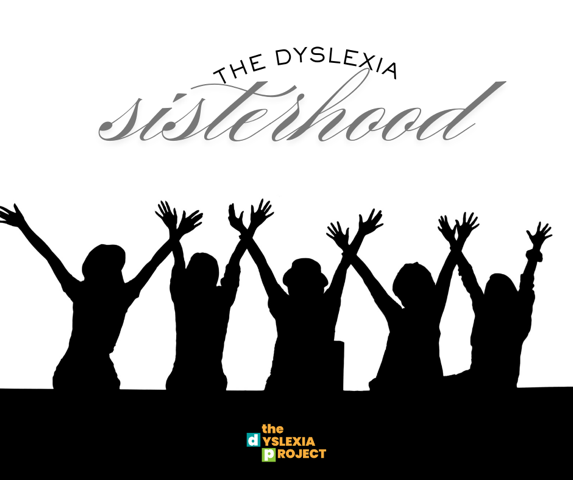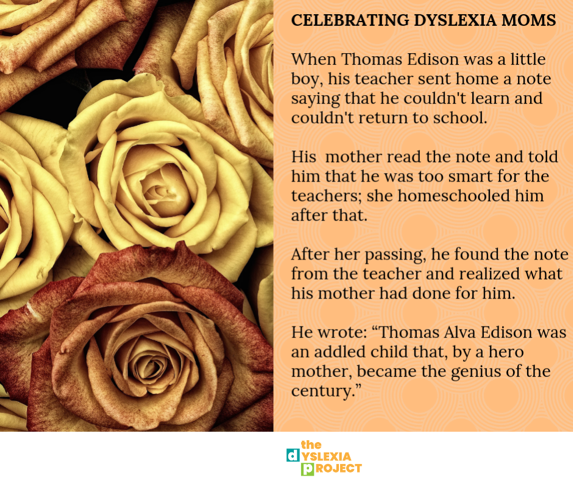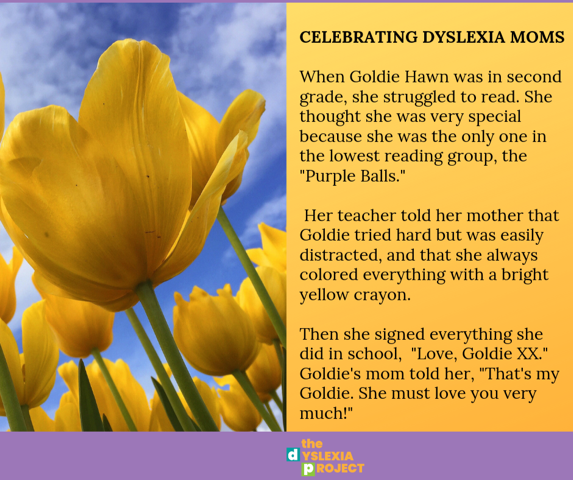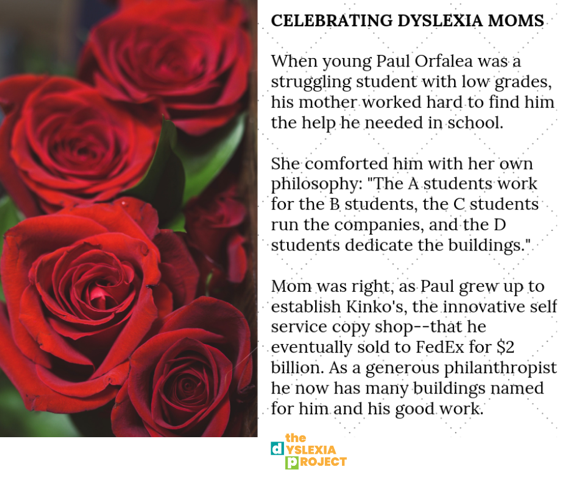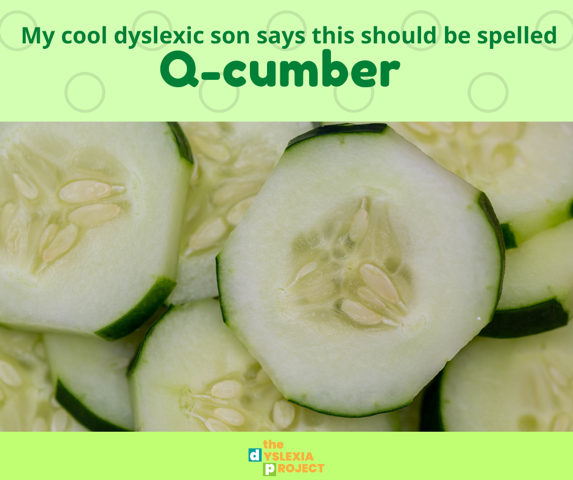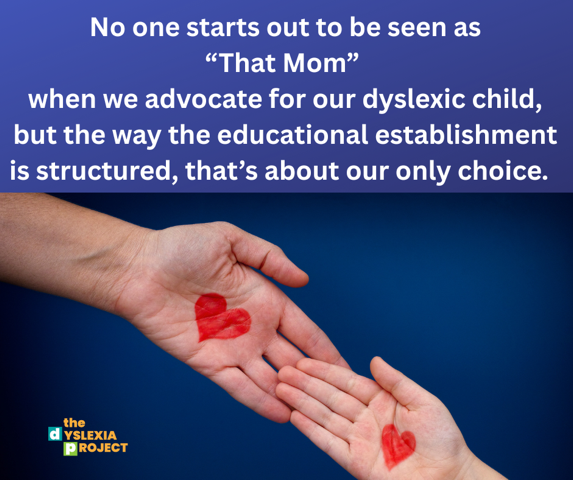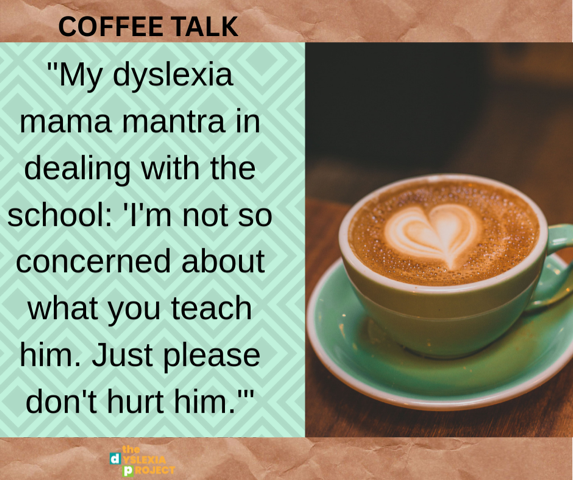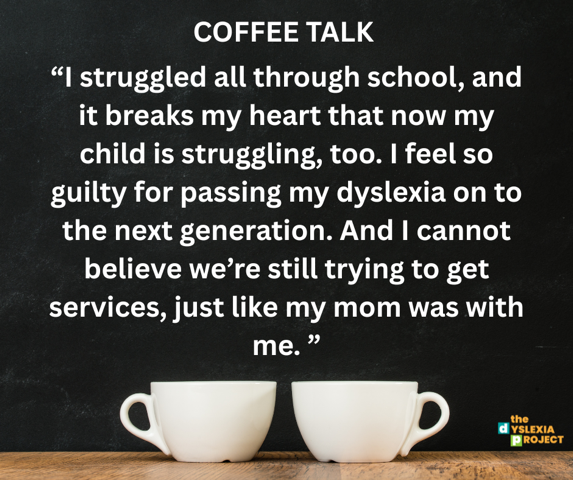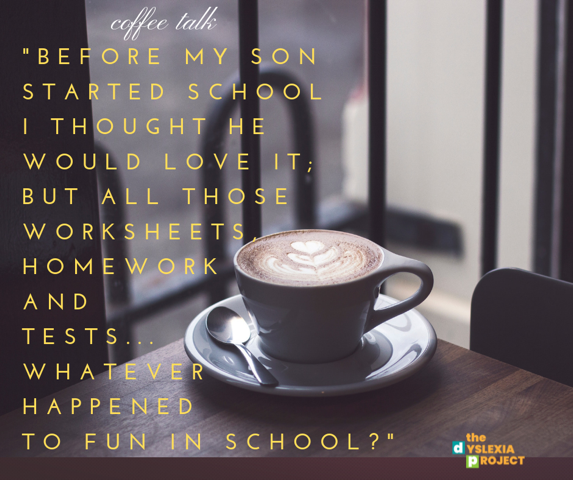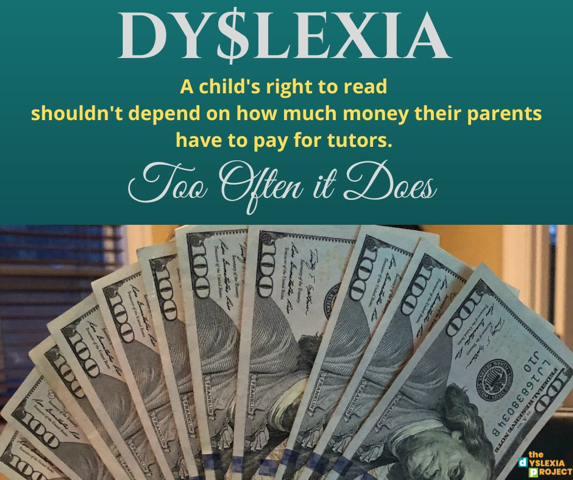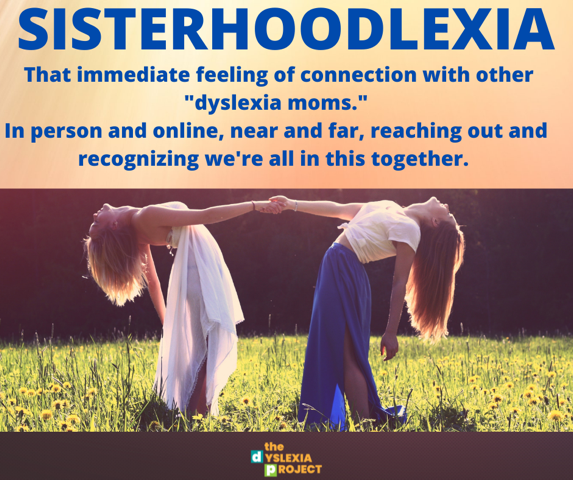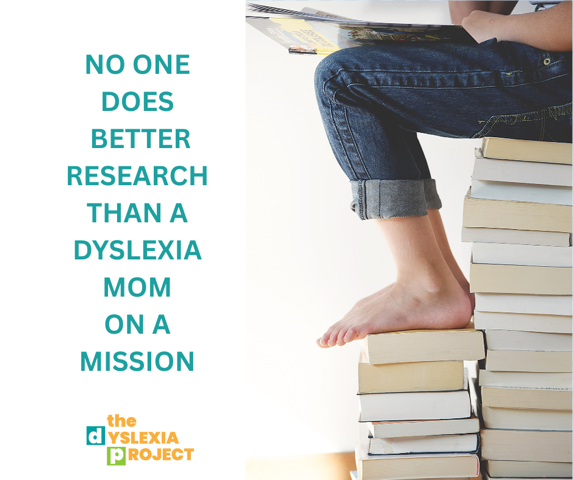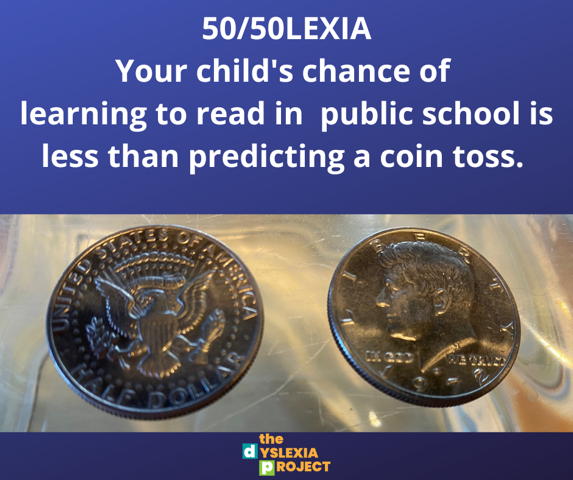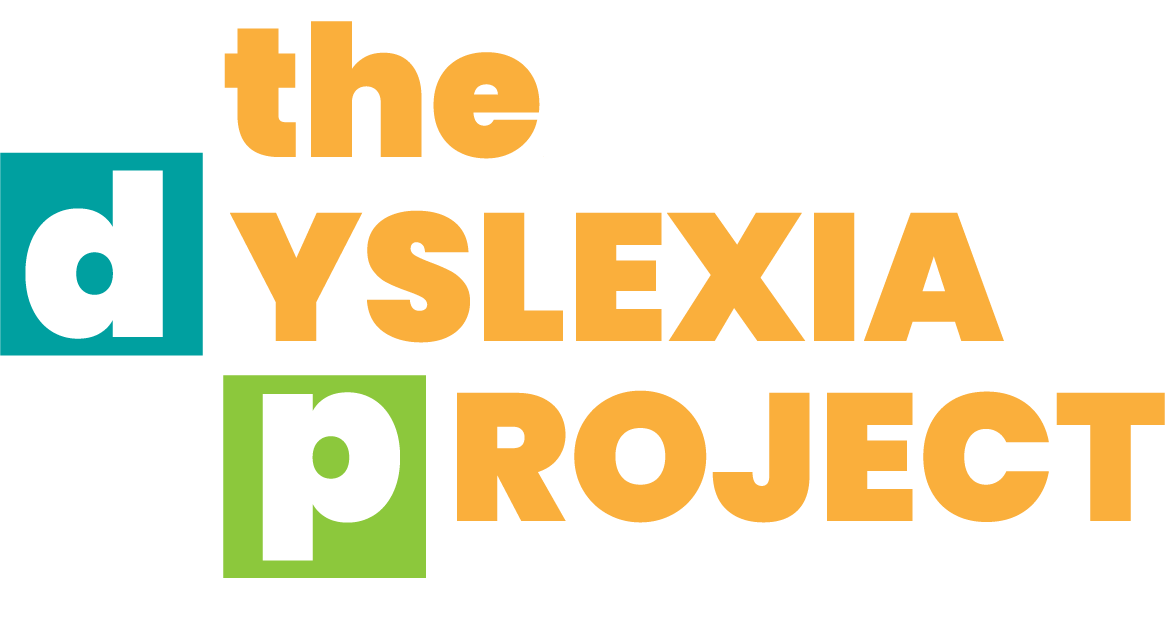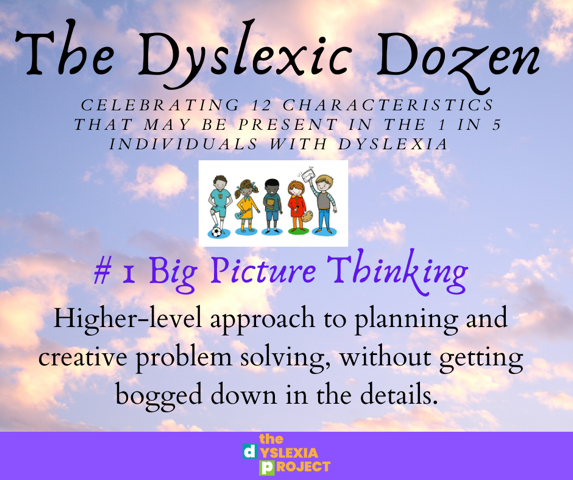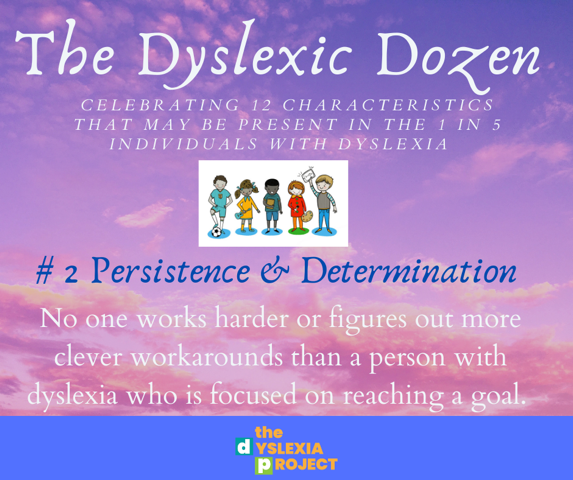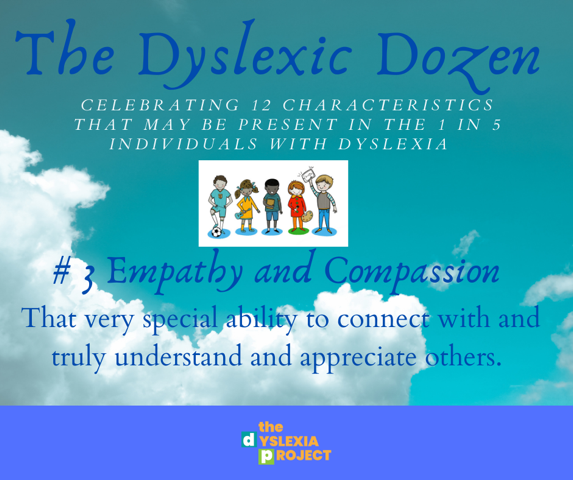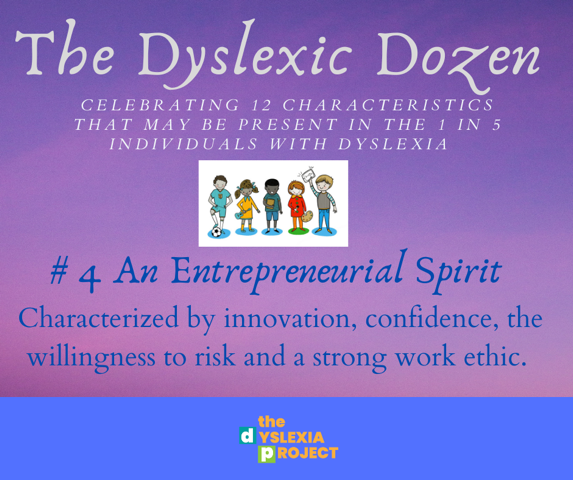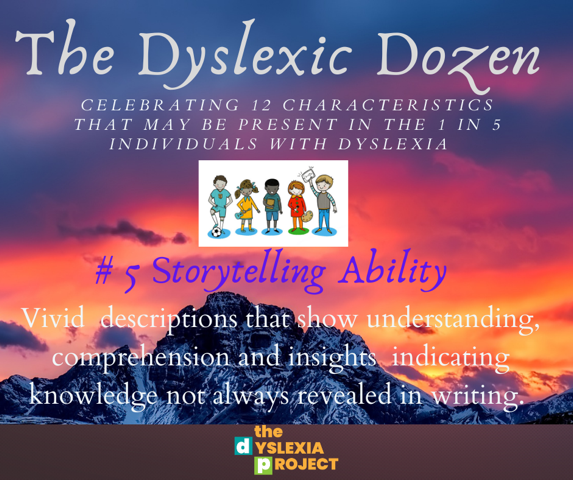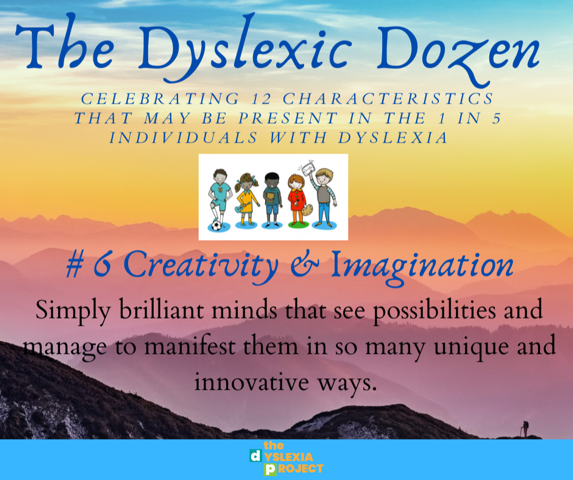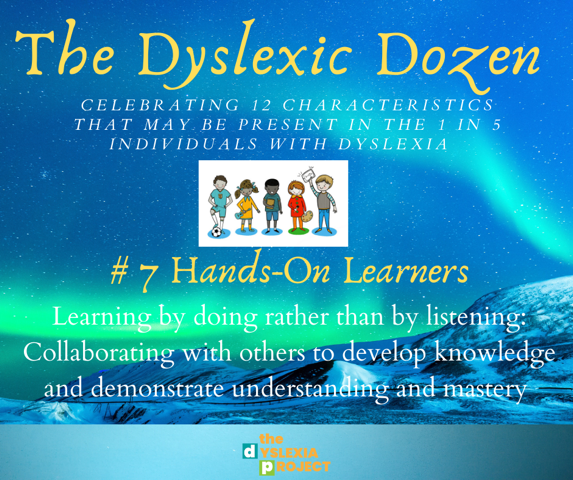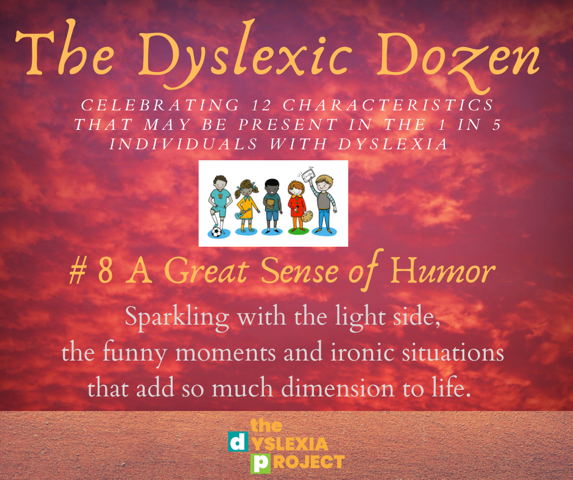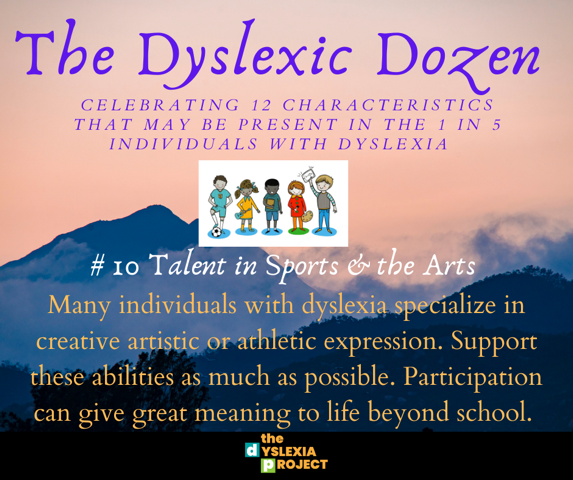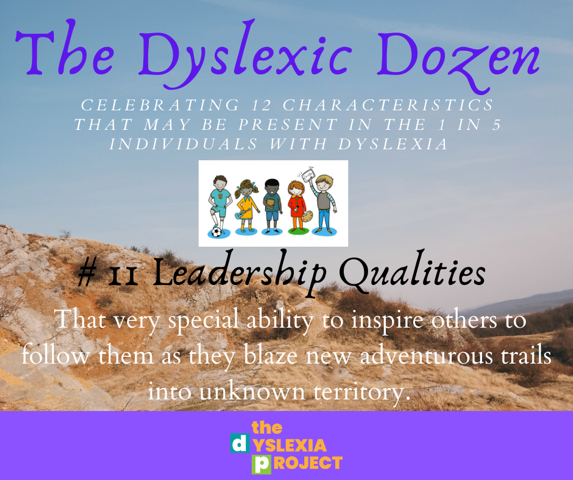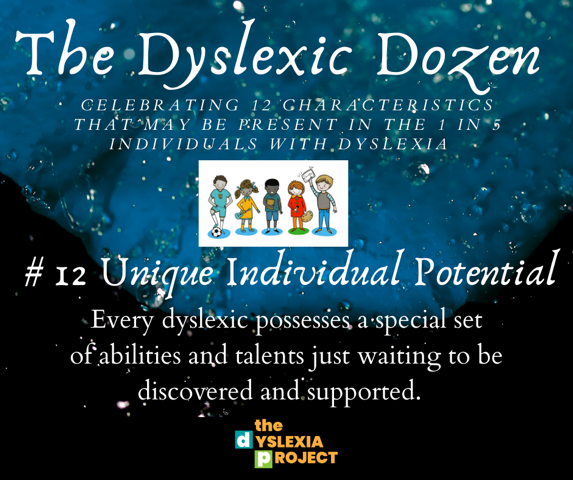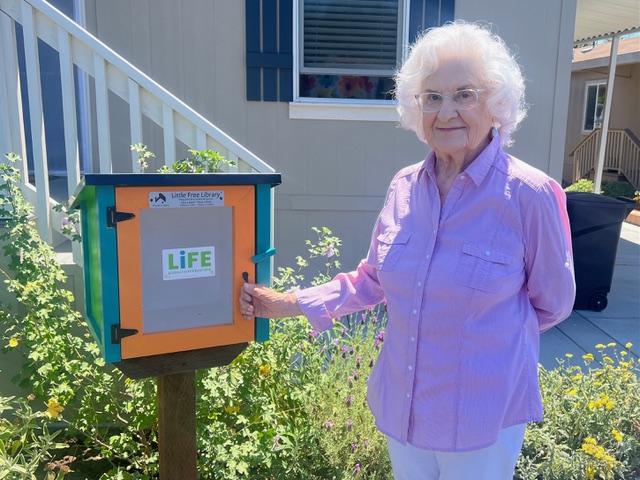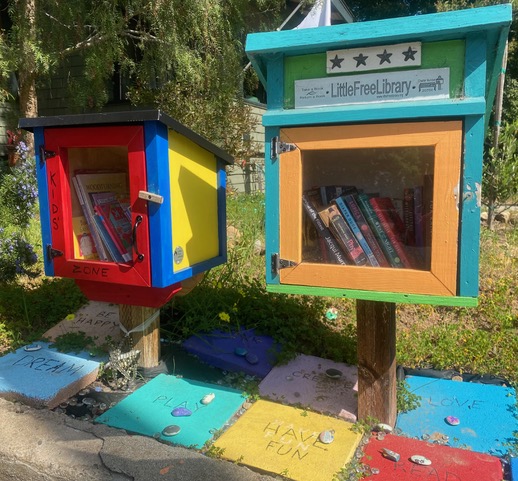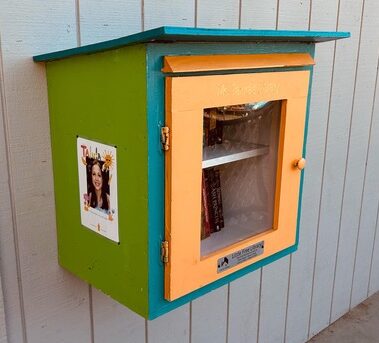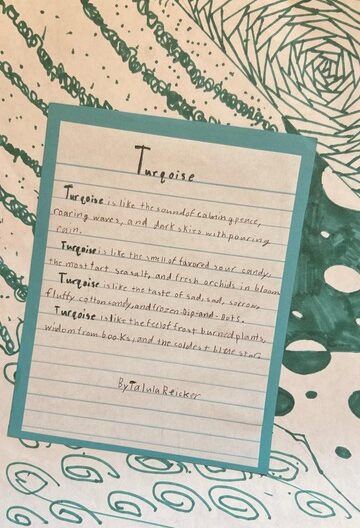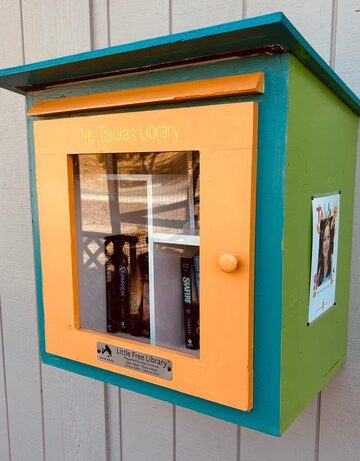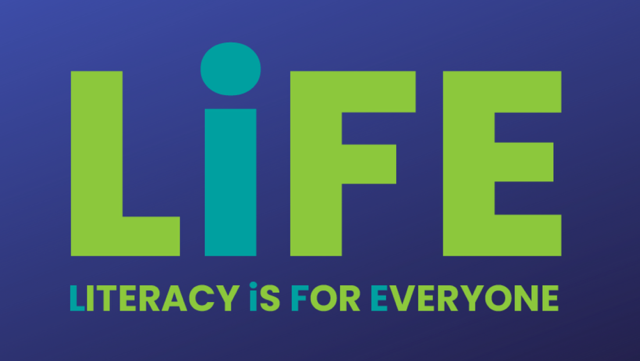A Mother Learns to Decode Dyslexia with the Help of Her Son and Other Experts
By Cheri Rae
My earliest school memory is from Starr King Elementary in Long Beach, California, when the classroom teacher and school librarian selected me to join the accelerated reading club. Our little group met weekly in an airy, sunny room full of books. We must have been smug little show-offs, elevated and admired just because reading came so easily, so naturally. We got to read aloud to the other kids in class, the ones who just couldn’t read as well, who just weren’t as smart.
Or so we thought.
Most people believe reading skill reflects intelligence — in essence, you read well if you’re smart, and if you struggle to read, your intelligence just doesn’t quite measure up.
The corollary is that the obviously smart person who struggles to read just isn’t trying hard enough.
Both beliefs are wrong.
When Two Vowels Go Walking
For my son, reading has been a nightmare — with letters on a page assembled in apparently random patterns with no particular relationship to sound or meaning.
I never appreciated the gift of easy reading — or the pain, humiliation, embarrassment, and damage to self-esteem associated with reading difficulties — until I woke up to the fact my smart little boy just wasn’t catching on, no matter how hard he worked.
I had read to him as an infant, a toddler, and throughout his childhood. While he loved hearing stories, he just couldn’t read them on his own when it seemed time for him to master the skill. Listening to him struggle to read aloud was cringe-worthy, difficult, and completely baffling. There was no rhythm, cadence, or apparent understanding of how to sound out a word, no matter how much prompting, review, encouragement, or instruction.
His relationship to the written word was frightful, what educator Horace Mann described as “skeleton-shaped, bloodless, ghostly apparitions.” He may as well have been trying to decipher Morse code or the Rosetta Stone.
Nothing seemed to help enhance his reading: not easy-readers in subjects he liked; not summer school enrichment classes or expensive tutoring sessions during the school year; not hours at home drilling with flash cards; not helpful little phrases such as, “when two vowels go walking, the first one does the talking.” Not even the promise of a new bike if he finished reading a shelf full of books on his own.
Finally, in 3rd grade, a battery of tests administered by the school psychologist confirmed that his performance in school did not measure up to his intellectual ability, and he landed in special education classes. He got extra time in class, modified homework, and slowed-down instruction in his school’s Learning Center, but as the clock ticked and years passed, he lagged behind his classmates.
They were reading to learn, while he was still learning to read.
They were reading for pleasure, while he was reading in pain.
Tips for Parents
1) Push for assessment if you suspect dyslexia or other learning disability; time is of the essence; ask for testing of all suspected disabilities as well as assistive technology.
2) Learn all you can about the issue, and realize you must advocate for your child.
3) Bring a knowledgeable advocate (or attorney) to meetings; document everything and keep impeccable records.
4) Bring to meetings a photo of your child, a statement in your child’s own words, or even a video of your child reading to make your child’s struggle real to decision-makers.
5) Focus on your child’s strengths: mechanical ability, musical aptitude, sports ability, artistic talent, etc.
It made no sense to me. The harder he worked at reading, the more frustrated and hopeless he felt — and so did I. He compensated for his lack of reading skills by honing his athletic ones; he became an accomplished baseball player with a natural swing, an accurate arm, and an uncanny ability to track the trajectory of a ball hit to the outfield. The book on him has always been that he is “coachable,” but no amount of coaching in reading ever resulted in any significant gains.
He had no difficulty learning, just reading the words.
Sometimes I read stuff twice and it doesn’t make any sense, and I get confused. I have to concentrate so much on the reading in the textbook, I can’t learn what I’m supposed to be learning about. So it takes forever to keep going back and read it again. Then I run out of time and have lots of homework.
He had no problems comprehending what he heard, just reading out loud.
When we’re reading out loud in class, I sometimes look at a word and I say what I think it is, then read three more words, and realize it’s wrong. So I go back and say it correctly and then I lose my thought. I don’t really stay on the lines that much. I might get to the end of a sentence, and skip a line and then go back, and I’m all jumbled up and have to stop, and then I feel embarrassed.
With his keen observational skills, outside-the-box thinking, and easygoing ability to get along with just about everyone, life was pretty easy for him, everywhere but at school. There, success is determined by scores on standardized tests — and his future life chances depend on measuring up.
By the time he reached 7th grade, with his ability to read lagging far behind, I lay awake nights worried about his past, his present, his future: What had I done wrong? What could I do to help him? What if he never learned to read at all?
What we needed was a miracle. And after years of searching, hoping, and praying, we finally got one.
A Mother on a Mission
On a friend’s recommendation, I phoned the Dyslexia Awareness and Resource Center in Santa Barbara and finally spoke with Joan Esposito, the woman who cofounded the center in 1990.
After listening patiently to my story about my son’s reading struggles, she interrupted me in her characteristically blunt fashion. “For a smart woman, you have a lot to learn,” she noted. “Your son is dyslexic; that’s all.”
“No,” I said, “he’s been diagnosed with something called ‘specific learning disability,’ but I don’t know, specifically, what that means. They talk about visual processing and memory issues, but no one has ever suggested he’s dyslexic. Doesn’t that mean he sees letters backwards?”
Clearly exasperated, she told me that “specific learning disability” is an umbrella term that includes dyslexia — but the word is rarely if ever mentioned in the public schools. Then she ordered me to come to her office as soon as possible, where she planned to set me straight.
This patron saint of dyslexics maintains a sanctuary in an upstairs office on Carpinteria Street. The walls are lined with framed proclamations signed by distinguished city, county, state, and federal officials commending Esposito for her work — and a dozen inspirational magazine covers, photos of famous dyslexics, and drawings by children expressing their painful reading experiences.
An article reprinted from Fortune Magazine, “The Dyslexic CEO,” caught my eye; it featured a photo of financial wizard Charles Schwab at age 13 — the same age as my son. It recounted the childhood reading struggles of dozens of other successful entrepreneurs — including Kinko’s Paul Orfalea and Virgin Atlantic Airways’ Richard Branson.
Their stories were nearly identical to what was going on with my son.
It was a revelation. I felt like my son and I had arrived at the place we needed to be, and found the person we needed to meet.
She described how she was always a struggling reader until she was finally diagnosed as dyslexic at the age of 44, as a student at Santa Barbara City College.
With stunning clarity, she explained dyslexia, a manifestation of a brain neurologically wired to learn differently that may affect up to 20 percent of the population — one in five children and adults. And she noted that approximately 80 percent of the schoolchildren who are diagnosed with learning disabilities may actually be dyslexic.
She took me by the hand and led me through the unfamiliar territory of learning disabilities, defining a path where before there had been only dead-ends and rocky roads. She pointed me — and my son — in the right direction to get the help he needed.
She uttered the odd words, “Lindamood-Bell. That’s what he needs, Lindamood-Bell.”
I had no idea what she was talking about, but listened closely as she explained that Lindamood-Bell is one of several research-based learning programs that rely heavily on one-on-one intensive training that literally rewire the brain’s sensory-cognitive processing ability — and teach dyslexics to read in the exact way their unique brains learn.
While I didn’t quite understand — or believe her — nothing else had worked. I placed my faith in her convincing words.
After years of despair, it seemed too much to hope for that such a well thought-out and proven solution outside existed — not in the public-school classroom, but in the stately former home of the St. Vincent’s School and Orphanage on De la Vina Street, home of the Lindamood-Bell Training Center. The director, Janelle Ashby, described the program of instruction — designed to help students develop the mental imagery needed to match sounds to written words. Clearly, my son’s reading struggles were not unique; they just hadn’t been properly addressed.
Because the school district really has no formalized instruction program geared to the specific needs of a dyslexic student — and a review of assessments over time proved he had made so little progress over so much time — school district officials eventually approved my son’s enrollment in the Lindamood-Bell reading program.
In the first week, it was obvious that something extraordinary was happening — and it was all good.
Each subsequent week during the intensive, four-hours-per-day instruction period, we met with one of his specially trained Lindamood-Bell clinicians, a fellow dyslexic named Dana. She proudly showed assessments that indicated his daily progress, growing list of sight words mastered, and reading proficiencies reached.
After 180 hours of one-on-one instruction, extensive reassessment revealed his word attack skills — a fundamental requirement for reading competence — increased from 2nd-grade level to 8th-grade level. And his oral reading skills increased from 3rd-grade to 7th-grade level.
Retesting six months later revealed the reading gains had held steady. There are still a few areas of reading weakness that keep his total reading ability a bit below grade level — and need to be addressed — but his reading skills have so significantly improved he can be considered a competent reader for the first time in his life.
On occasion, he even picks up a book and reads for fun.
Imagine If You Can
Early this year, Santa Barbara’s Dyslexia Awareness and Resource Center sponsored its annual conference, featuring a leading expert on learning disabilities, Jonathan Mooney. He movingly revealed his story of undiagnosed dyslexia, depression, and the decision to commit suicide when he was a 6th grader who couldn’t read. He was branded — as so many dyslexics are — as “stupid, crazy, lazy.” With lots of support services, and the development of self-advocacy skills, Mooney overcame all three labels, and graduated with honors from Brown University.
Mooney, author of two books and founder of project Eye-to-Eye, a mentoring and advocacy nonprofit for students with learning differences, spoke of the need to develop classroom strategies that facilitate, celebrate, and validate different ways of learning. He suggested academic accommodations including the use of audio books, voice-activated software, oral exams, portfolio presentations, and note-takers to assist dyslexics to be successful in their requirement “to play a game not built for you.”
With all the negativity heard about dyslexia, the great irony is that the pantheon of creative spirits, original thinkers, innovators, and super-achievers is filled with distinguished dyslexics who struggled in school, including some of the smartest people who ever lived: Albert Einstein and Thomas Edison. Add presidents Thomas Jefferson and John F. Kennedy; Steven Spielberg and Steve Jobs; Babe Ruth and Magic Johnson; Goldie Hawn and Whoopi Goldberg; and Santa Barbara’s own Schwab and Orfalea. And just this summer, actor Orlando Bloom announced his dyslexia; and in a touching eulogy delivered by his niece, the dyslexia of the late senator Robert Byrd was also made public.
You may say I’m a dreamer — John Lennon was dyslexic, too — but I think it’s high time we focus on the positive attributes of dyslexic kids and adults and start regarding them as those who possess the superior minds among us.
What if progressive educators — and insightful philanthropists — in our community finally realized that it’s time for Santa Barbara to create a model program to teach these kids — far too many of whom are lost these days?
What if politicians and bureaucrats could finally understand that the cost of not teaching young people to read because they think differently is far greater than the funds required for training teachers and investing in special programs?
What if we called it the Academy of Auditory Learners or the Center for Dyslexia & Creativity (after Yale’s research center of the same name) and stuffed it full of cutting-edge assistive technology, neuro-educators, and innovative programs geared to the way these brains are wired?
Now I lay awake at night thinking about a lot of new questions: What would have happened if we had never diagnosed his dyslexia? What if school administrators had not approved the Lindamood-Bell training and he never learned to read in the way he learns? Would he have ended up like so many struggling readers — depressed, angry, and alienated from school? What about all those other kids just like him? I cannot fathom how, in this community that prizes innovation and compassion, we allow one in five children to fall so far behind and suffer so much.
One in five — that is the estimated number of children in public schools who have some degree of dyslexia. That means that in a typical secondary school classroom of 30 kids, six of them are struggling to keep up — through no fault of their own. Because of the way their brains are wired, the most common teaching practices — taking notes during a lecture, reading off the board, writing essays, reading aloud — are, for kids with dyslexia, pure torture.
Way back in 1990, there was a Dyslexia Task Force Committee in the Santa Barbara School Districts. It issued a report called the Superintendent’s Study Committee on Dyslexia along with a set of recommendations, including the characteristics of dyslexia, specialized training for teachers, and the development of collaborative partnerships for successful learning for all students. Over time, and a shuffle of administrators, that report has been forgotten.
It’s time we pull it out again and heed its conclusion: “The emphasis is on providing those who work with dyslexic students resources and expertise for dealing with this debilitating condition which, if untreated, contributes to the growing number of dysfunctional adults.”
It took a massive effort to get my dyslexic son the reading program that teaches him in the way his brain learns. My hope — no, my expectation — is that we provide every dyslexic student with the same opportunity. Surely we’re smart enough to do that.
Cheri Rae is a longtime contributor to The Independent and other area publications.
